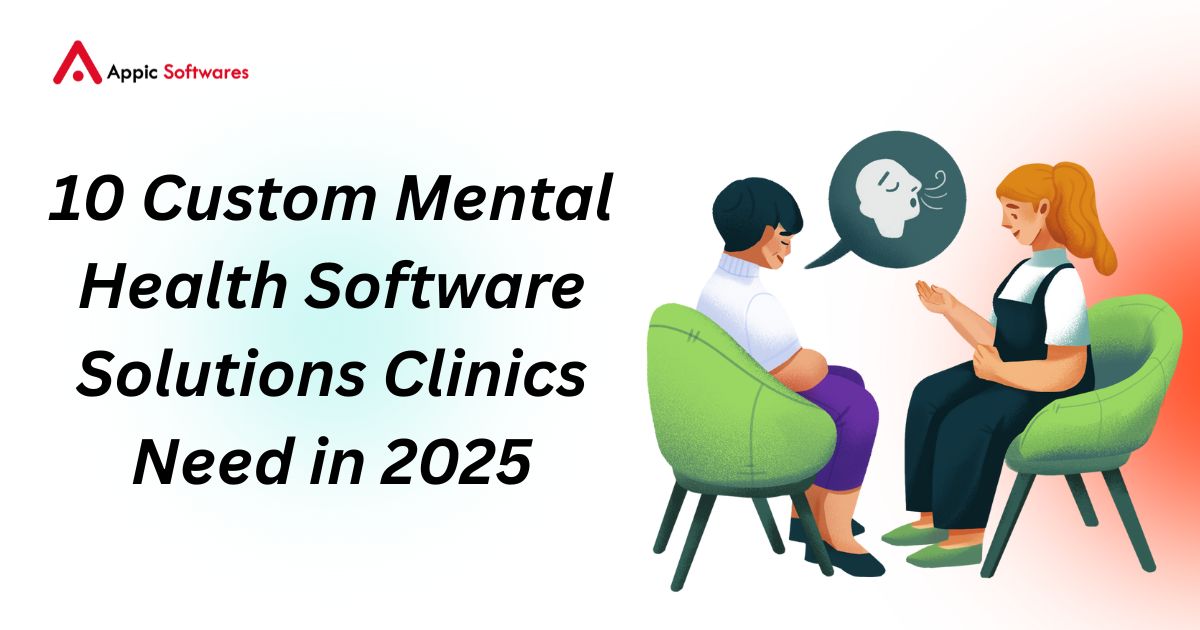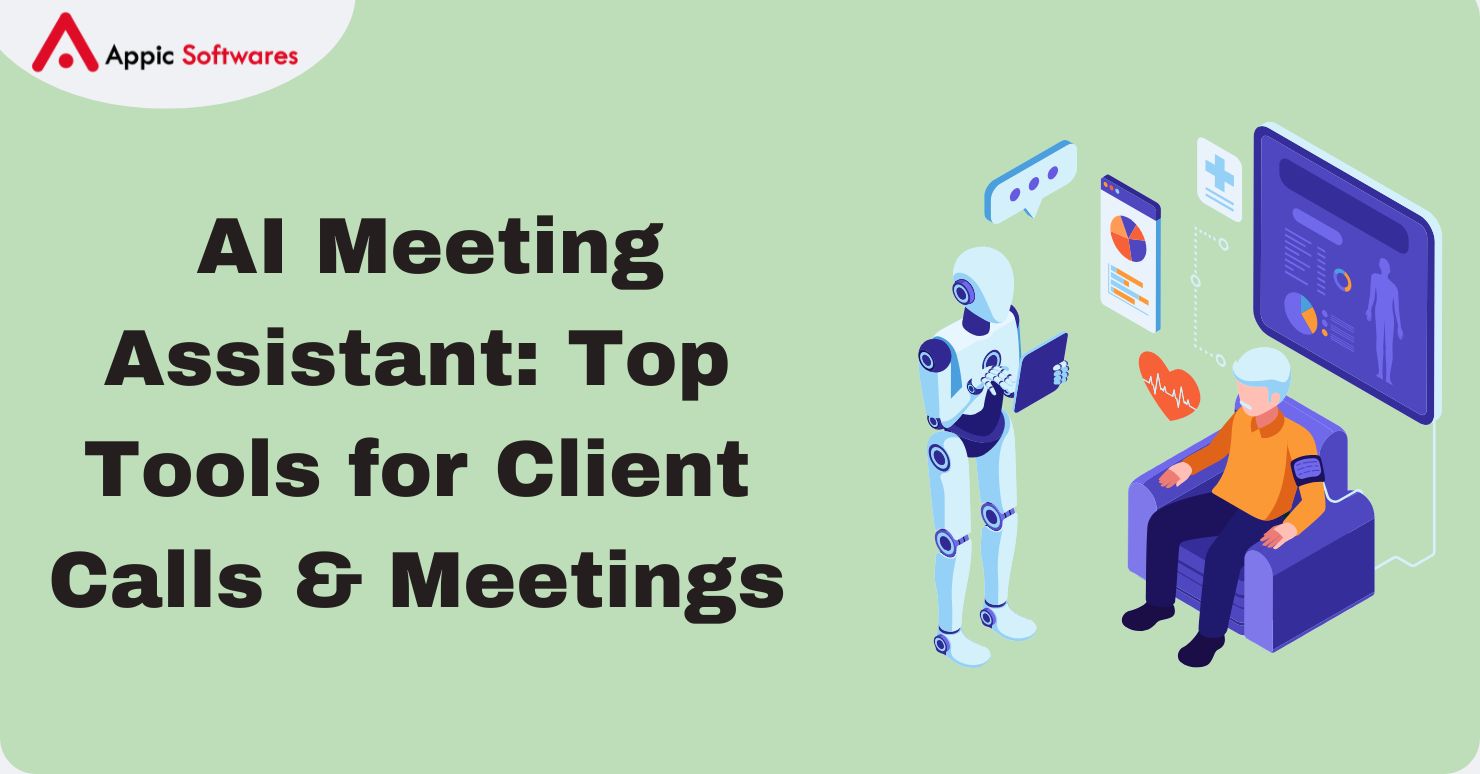
Do you know, as per a research form Hirebee, 44% of the organizations are using AI for recruitment and talent acquisition? Companies today want to hire people fast and smart. A hiring AI agent helps them do that. It’s a tool that uses artificial intelligence to make hiring easier. In this blog post, we’ll talk about how a hiring AI agent works, how to improve it, and what it costs to build one. This is for anyone who wants to know more about AI agents in HR, like business owners or HR folks.
How Does a Hiring AI Agent Work?

A hiring AI agent is like a super helper for finding the right people to hire. It uses smart tech to do jobs that humans usually take a long time to finish. Here’s how it gets the work done.
Resume Screening with AI
Going through tons of resumes is hard and slow. A hiring AI agent makes it fast. It reads resumes and looks for words that match the job. For example, if the job needs someone who knows how to use Excel, the AI checks for “Excel” in the resume. It picks out the people who fit and skips the ones who don’t. This saves hours of work for the hiring team. AI Agent Features like natural language processing enable it to process large volumes of data quickly, saving hours of work for the hiring team.
Conducting Initial Interviews Using AI
Some hiring AI agents can talk to people applying for jobs. They use a chat window or even a video call to ask questions. The AI might say, “Tell me about your last job,” and then listen to the answer. It checks how well the person speaks and if they seem right for the job. This cuts down the list of people before a real person steps in to interview. Examples of AI agents include those that conduct these initial interactions, assessing candidates before a human interviewer steps in, thus streamlining the process.
Matching Candidates to Jobs with AI
A hiring AI agent is great at pairing people with jobs. It looks at what the job needs, like skills or years of work, and compares that to what the person has done. It might even check if their personality fits the company. Then, it tells the hiring team who the best matches are. This makes it more likely to hire someone who will do well.
Types Of AI Agents vary in their approach, hiring AI agents, for instance, are specialized for recruitment tasks, distinct from customer service bots or personal assistants, ensuring the best matches are recommended to the hiring team.
Predictive Analytics in Hiring
Some hiring AI agents are extra smart. They can guess who will be a good worker based on old data. For example, they look at people hired before and see what made them successful, like certain skills or backgrounds. Then, they use that to pick new people. This helps companies choose wisely. This capability allows Autonomous Agents In AI to make data-driven decisions with minimal human oversight, helping companies choose wisely.
Automating Hiring Tasks with AI
Hiring has lots of small jobs, like sending emails or setting up interviews. A hiring AI agent can do these for you. It might email someone to say, “Your interview is tomorrow at 10,” or tell others, “Sorry, you didn’t get the job.” This lets the hiring team focus on big decisions instead of little stuff.
A hiring AI agent changes how companies find people. It’s fast, smart, and takes boring tasks off your plate. Next, let’s see how to make it even better.
How To Fine-Tune An AI Agent?
Fine-tuning a hiring AI agent means you teach it your needs. You feed it data. You set rules. Then it learns to match your style. This process helps your hiring AI agent give you better results. It makes the tool work like you want.
Why Fine-Tune Matters
A generic hiring AI agent can handle many roles. Yet each job and each company is different. You need a tool that fits your unique needs. For example, you may value teamwork more than solo work. Or you may need specific tools like Excel or Python. A generic agent will not know this. It will treat all skills the same.
By fine-tuning, you shape the agent’s focus. You guide it to spot the traits you care about. As a result, your hiring AI agent will rank resumes in a way that matches your style. You will save time. You will see better candidates first. You will cut out resumes that meet generic checks but miss your key needs.
Moreover, fine-tuning reduces bias. You can teach the agent to weigh facts over flashy words. You can make it fairer. In turn, you get a more diverse pool. You also build trust in the tool. When the agent shows top picks that match your view, you will use it more. Then you hire faster and with more confidence. Understanding What Are AI Agents Composed Of, such as their algorithms and data models, is key to integrating them effectively, freeing the hiring team to focus on bigger decisions.
What Data To Use
To fine-tune a hiring AI agent, you need data from your own history. Use past hires. Gather resumes of your top performers. Also, collect resumes of hires who did not fit well. This mix helps the agent learn both sides. It sees patterns that link resume content to on‑the‑job success.
First, pick your best hires. These are people who met goals. They stayed on the job. They got good reviews. Then pick hires who left early or did not meet goals. Now you have two groups: high performers and low performers.
Next, prepare these resumes. Make sure each file is clear and complete. Remove any personal notes or comments. The agent should see only the resume text. Then feed these files into your hiring AI agent’s training system. The tool will scan each resume. It will note which group it belongs to. Over time, it learns which words and phrases link to success.
You can also include cover letters. These can show tone, writing skill, or motivation. If you value these traits, add them to the data. But keep it simple at first. Start with resumes. Then add cover letters in later rounds of tuning. AI Agents In HR require fine-tuning to align with specific organizational needs, such as valuing teamwork over solo skills or needing tools like Excel.
How To Label Your Data
Labeling is the act of tagging each resume as “good” or “bad.” Good means the person did well. Bad means they did not fit your needs. These tags tell the agent which patterns to learn.
Here is a simple way to label:
- Create two folders: Name one “Good” and one “Bad.”
- Sort resumes: Place each file into the correct folder.
- Double check: Make sure no good resume is in the bad folder by mistake.
You can also use a spreadsheet. List each candidate’s name, resume file, and a label.
Labels should reflect real job success. Do not label based on gut feel alone. Use facts like performance reviews, sales numbers, or project feedback. The more accurate your labels, the better your hiring AI agent will learn. Selecting the right data is critical, especially when leveraging agentic AI frameworks that demand high-quality inputs to optimize performance and identify patterns of success.
How To Set Rules
Rules act as hard filters. They remove resumes that fail basic needs. Rules work before the agent scores each resume. They ensure no unqualified candidate slips through.
Here are common rules:
- Minimum years of experience: For example, “must have 3 years of experience.”
- Required skills: For example, “must know Excel” or “must know Python.”
- Education level: For example, “must have a bachelor’s degree.”
- Location: For example, “must live in New York.”
You can add more as needed. For instance, you might require a security clearance or a certain language skill. Each rule removes resumes that do not meet that need.
Set rules in your hiring AI agent’s dashboard. Usually, you find a section called “Filters” or “Basic Requirements.” Add each rule one by one. Then save your settings. Now, when the agent scans new resumes, it will skip any file that fails a rule.
How To Test Your Tuning
After you fine tune, you must test the agent. Testing shows you if your hiring AI agent now works as you want. It also reveals any gaps in your data or rules.
Follow these steps to test:
- Pick a test batch: Use a set of resumes you did not use in training.
- Run the agent: Let it scan and rank this batch.
- Review top picks: Look at the top 5 or top 10 candidates.
- Compare with your view: Do these picks match who you would choose?
- Note mismatches: If the agent picked a resume you would reject, ask why.
- Adjust weights or rules: Change the importance of certain skills or add a new rule.
- Repeat the test: Run the agent again on the same batch.
Aim for at least an 80% match with your own picks. If you reach 90%, you can trust the hiring AI agent more. At that point, start using it on real job ads.
Best Practices for Ongoing Tuning
Fine-tuning is not a one‑time task. Your needs change over time. You hire for new roles. You value new skills. So you must update your data and rules.
- Add new hires: Every six months, add resumes of your best new hires.
- Relabel if needed: If someone tagged as good did not work out, move their resume to bad.
- Review rules: Check if any rule has become too strict or too loose.
- Monitor agent picks: Look at its top picks each month. If you see odd results, pause and retune.
By keeping your hiring AI agent up to date, you make it a reliable partner. You save more time. You get better hires. And you keep control over your process.
How Much Does It Cost To Develop Hiring AI Agent?
Building a hiring AI
agent isn’t cheap, but it can save cash later by making hiring easier. The price depends on a few things. Let’s break it down.
Factors Affecting Development Cost
| Factor | Description | Estimated Cost Range ($) |
| Project Scope & Complexity | Determines if it’s a simple AI assistant or an advanced hiring agent | $3,000 – $15,000 |
| AI & ML Integration | Resume parsing, NLP for conversations, candidate matching | $2,000 – $12,000 |
| Third-Party Integrations | Connects with platforms like ATS, LinkedIn, and job portals | $1,500 – $8,000 |
| Custom Features | Interview scheduling, skill assessments, job matching, and feedback loop | $1,500 – $10,000 |
| UI/UX Design | Web or mobile-friendly interface for users | $1,000 – $5,000 |
| Backend Infrastructure | Server, database, APIs, and admin dashboard | $1,500 – $7,000 |
| Security & Compliance | Data protection measures and legal compliance | $1,000 – $5,000 |
| Testing & QA | Functional, performance, and user acceptance testing | $1,000 – $4,000 |
| Maintenance & Support (1st Year) | Bug fixes, updates, and minor improvements | $500 – $4,000 |
A lot goes into the cost of hiring an AI agent. Here’s what matters:
- How Complicated It Is: A simple AI that just reads resumes costs less. One that chats with people or guesses who’s best costs more. More tricks mean more money. More tricks mean a higher AI Agent Development Cost.
- Data Needs: The AI needs info to learn. If you have to buy data or spend time collecting it, that adds up.
- People Building It: You need smart folks who know AI. They don’t work cheap. Bigger teams or experts cost more.
- Tools Used: The tech you pick can change the price. Some programs cost more than others.
- Keeping It Running: After it’s built, you still need to fix it and update it. That’s extra cash over time.
Estimated Costs for Basic AI Agents
A basic hiring AI agent might do simple stuff like sorting resumes. That could cost between $10,000 and $100,000. This pays for the team, tools, and some data to start with. It’s a good option if you don’t need fancy features. Companies often hire an AI Agent development company to handle this, with
costs varying based on the provider’s expertise and the scope of work required to get started.
Costs for Advanced AI Features
Want more? An advanced hiring AI agent can talk to people or predict who’ll shine. That jumps the price to $200,000 or higher. It takes more time, more data, and more skill to build. But it can do a lot more for you.
Ongoing Maintenance Costs
The job doesn’t stop when the AI is built. You have to keep it working. Fixing bugs or adding new stuff might cost $10,000 to $50,000 a year. It depends on how much you use it and how often it needs updates.
Paying for an AI agent might sound big, but think about what you get. It saves time and finds better workers. That can be worth it in the end.
Conclusion
Hiring AI agents is changing how companies pick people for jobs. They handle tasks like reading resumes, talking to applicants, and matching them to roles. Plus, they can learn to get better with fine-tuning. Building one costs money, from $10,000 for a simple version to over $80,000 for a fancy one. But the time and effort they save can make it a smart move.
AI agents in HR are growing fast. As tech gets better, these tools will too. If you’re thinking about using a hiring AI agent or just want to know more, this post gives you the basics. It’s a simple way to see how AI can help with hiring. So? What are you waiting for? Connect with us now!
FAQs About AI Agents in Hiring
1. What is an AI agent in hiring?
An AI agent in hiring is a software tool powered by artificial intelligence that helps automate and improve the recruitment process. It can screen resumes, schedule interviews, interact with candidates, and even suggest the best matches for a job.
2. How do AI hiring agents improve recruitment?
They speed up the hiring process, reduce human errors, ensure unbiased screening, and save time by handling repetitive tasks like resume sorting and candidate communication.
3. Can AI agents replace human recruiters?
No, they don’t replace recruiters but assist them. AI agents handle repetitive and time-consuming tasks, so recruiters can focus on interviews and final decisions.
4. Are AI hiring agents expensive to build?
The cost of developing a hiring AI agent ranges from $10,000 to $80,000, depending on the features, integrations, and complexity of the system.
5. Do AI agents ensure unbiased hiring?
AI can help reduce bias if trained properly. However, it’s important to regularly monitor and update the algorithms to avoid inheriting any bias from the data.
6. What features do AI hiring agents usually include?
Common features include resume parsing, candidate ranking, job matching, interview scheduling, chat-based communication, and integration with job platforms and ATS systems.








